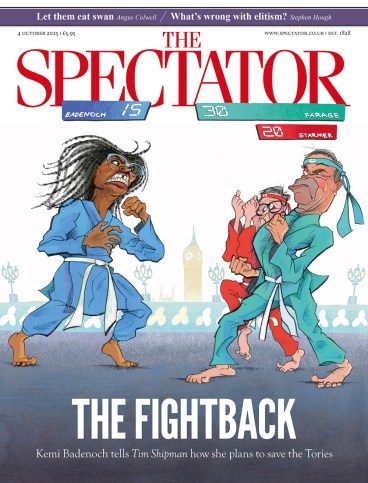
It is almost a century since Ronald Knox wrote his ‘Ten Commandments’ for detective fiction. Most of them still hold true. For example, his edict that twin brothers and other lookalikes must not be introduced to the story unless the reader has been prepared for them. Also the forbidding of more than one secret passageway or room in any story and the insistence that the sidekick, Dr Watson-like figure should never keep a thought to himself, while having thoughts slightly below the anticipated intelligence of the average reader.
My favourite rule is number five. ‘No Chinaman must figure in the story.’ In reality this is an extension of rule one, which holds that the criminal must be someone who has appeared early in the story. In other words, at no stage may a convincing fiction writer reveal that the crime has been committed by a mysterious stranger from another village or a foreign land: such as a suddenly introduced traveller, or indeed Chinaman.
Watching the opening of series five of the Apple TV show Slow Horses,it occurred to me that British television long ago decided on its own amendments to Knox’s rules. The baddies must always be white British types from the upper or lower classes. Preferably both, acting in collusion. Thus an actor doing a preposterous impression of a 1950s Tory MP may be allowed to busily collaborate with someone from Essex.
At the same time, all ethnic minority characters must be very close to angels – especially if they are Muslim. Indeed any Muslim character who works for MI5 or the police can be relied upon by the viewer, from early in the drama, not to be involved in any terrorism plot. In fact they will probably be key to solving the terrorism plot carried out by the sinister white natives.
Slow Horses (based on the Mick Herron books) has an outstanding cast, including Gary Oldman and Kristin Scott-Thomas. But its plotlines and characters have tended to follow all the modern commandments. Series one featured a gang of working-class white nationalists who abduct and threaten to behead a lovely young Muslim man on camera. Which is something that happens a lot, obviously. The latest series opens with another misogynistic, white working-class racist gunning down a lovely South Asian man who is campaigning for an equally lovely-seeming Muslim candidate for mayor of London. This candidate is standing against a bluff, sub-Faragist white demagogue. It is clear whose side we are meant to be on.
A gang of working-class white nationalists threaten to behead a lovely young Muslim man on camera
Perhaps the series will go on to surprise me. I hope so. But the auguries are not good, based on the past 25 years of British spy and crime thrillers. Some readers will remember Spooks, a BBC drama which came out in 2002. Although it aired just a year after the world had been introduced to the most spectacular terrorist atrocities of al-Qaeda, the series, so far as I remember, only had one series in which a Muslim suicide bomber plot and a sinister recruiting imam occurred. This despite the fact that then – as now – Islamist terrorism remains the main security threat to the UK. Introducing a realistic plot was something the makers of Spooks were clearly averse to.
The backlash demonstrated why. No sooner had the series aired than it was accused of ‘Islamophobia’, inciting racial hatred and stereotyping. The Muslim Council of Britain complained that the show ‘served to reinforce many negative stereotypes of British Muslims’, and while the Broadcasting Standards Commission eventually cleared the programme makers, it did say that some Muslims may have found the series ‘an affront to their faith and dignity’. And so Spooks, and almost all spy dramas that succeeded it, reverted to offending the faith and dignity of anyone but Muslims. White working-class British people proved the easiest group to ‘other’ in this way.
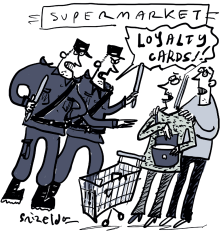
Fast-forward to 2018 and another television series – the BBC’s Bodyguard – tried out a tense plotline featuring a female Muslim suicide bomber. It was morally complex and as subtly done as could be, but still a firestorm ensued. Once again the usual groups complained, claiming that the series showed Muslims in a negative light and saying that it came against a backdrop of growing ‘Islamophobia’. By now something called ‘the Riz Test’ had emerged. This initiative arose after the actor Riz Ahmed gave a speech in the House of Commons complaining about negative portrayals of Muslims.
The Riz Test purported to ask five questions of any drama. ‘Have Muslim characters been depicted as hyper-aggressive, a threat to the western way of life, anti-modern, oppressed if female or misogynistic if male, or perpetrators of terrorism?’ If any of these criteria had been met then the series would be deemed to have failed and would be found to have done so against ‘a backdrop of a rise in Islamophobic hate crimes across Europe and the US’, with ‘real-life implications’.
This merely reinforced a practice that production companies had already imposed on themselves. Like the recent Bond movies, you either have to create a Cold War-style Russian baddie or you have to create a complicated and implausible crime syndicate, possibly French in origin; or you have to fall back on that old standard – the vicious white evil-doer, filled with hatred and pustulous racial bigotries. None of this, we all agree, could possibly be accused of stereotyping.
I am tempted to update Knox’s commandments for the streaming age. Or maybe I should simply create the Murray Test? Do the characters in any given drama show white British people negatively? Do they show well-to-do aristocrats in Belgravia townhouses in a prejudicial light? Does the series suggest that white working-class people are disproportionately given to bigotry and violence? If so, then it has failed the Murray Test.
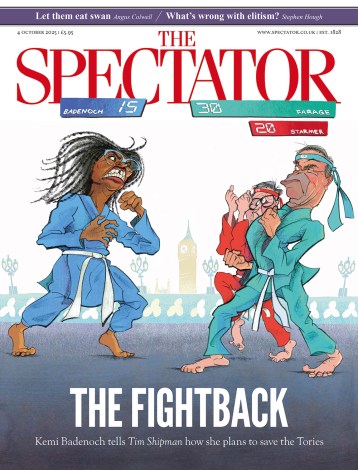
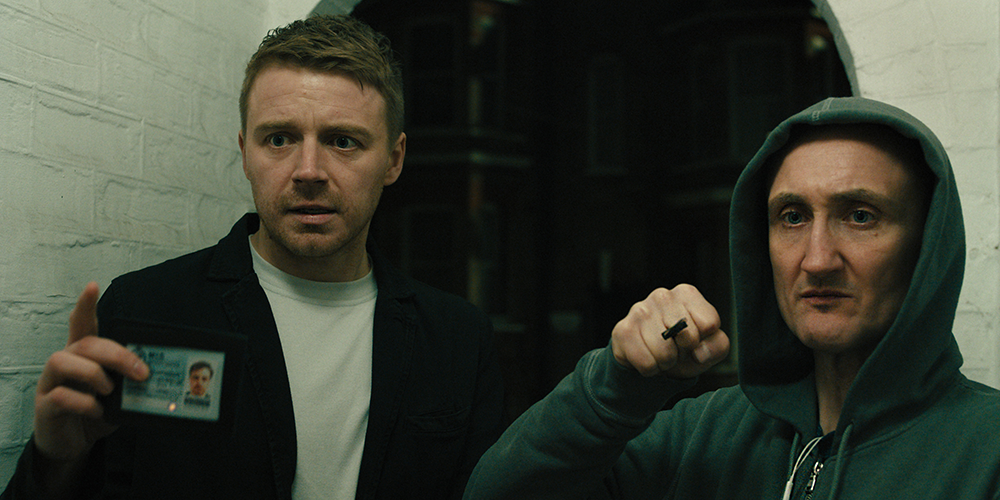

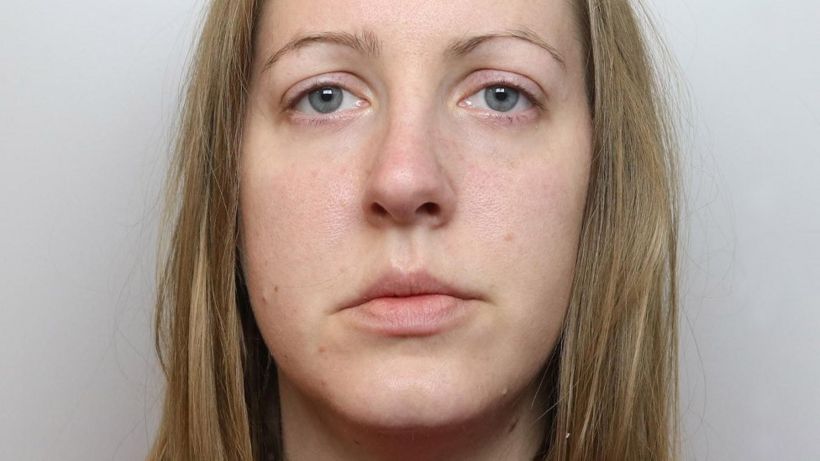




Comments